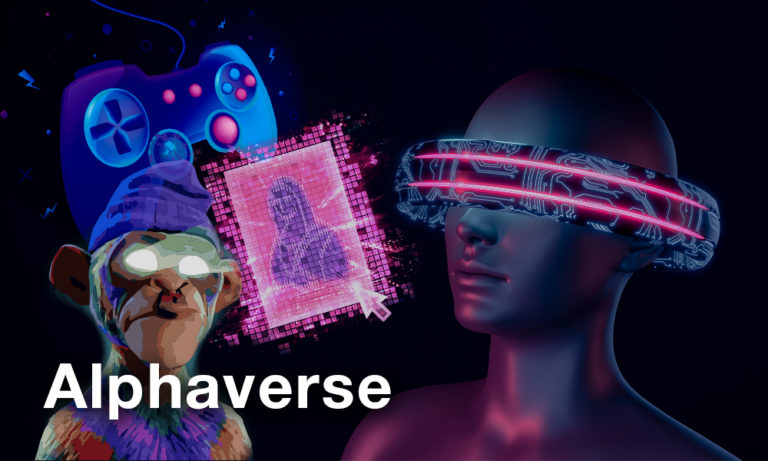Who’s Game for Crypto?

Since we’re all of the sudden so obsessed with NFTs (again) these days, it’s time to take stock of the current design space.
The last time most of us checked in, it was CryptoKitties this and Axie Infinity that. Rather than dig into popular projects in this niche, I think it might be helpful to unpack this niche from first principles.

Arthur was a big player in the DeFi investment game, and currently manages DeFiance Capital. Source: Twitter
Let’s start with the current gaming business model. And for a prime example of what’s trending, look no further than a game like Fortnite.
Before Fortnite took screens by storm, the past model was this: Build a nice game console, get engineers to build nice games for that console, and then sell these products to consumers in brick and mortar stores. More specifically, manufacturers would usually sell the console at cost and make the real money on exciting games.
If you’re interested in what gaming was like even before this model, I highly recommend reading this eight-part saga about the rise of Nintendo. Who knew that the company began all the way back in 1889 in Kyoto, Japan. Anyway, it’s an incredible piece of gaming, and business, history.
But back to the gaming revolution. Fortnite ushered in a new model called “free-to-play.” It meant that instead of buying games in stores, users could play the game for free after downloading it online. Yeah, you can play Fortnite for free, right now.
So, how did the company make $1.9 billion in 2019? In-game purchases.
If players want to change the look of their character, they have to buy these “skins” with real money. The second revenue generator comes from a quarterly subscription to a product called “Battle Pass.”
Both of these products, however, require the user to connect a payments service either through their bank or PayPal. Essentially, the use case here is microtransactions, a vertical that crypto enthusiasts have latched onto since Bitcoin emerged in 2009.
The thesis follows that the next logical step for in-game purchases is to introduce a real in-game currency. And thanks to digital scarcity, we can now achieve this. Though there are a few games that are enjoying success, none have cracked Fortnite status.
